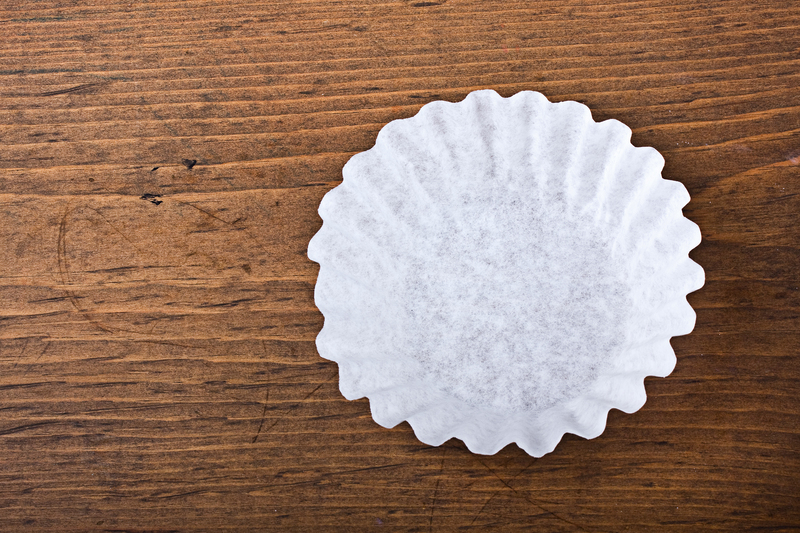Purify Indoor Spaces
Posted on 09/03/2025
Indoor air quality (IAQ) is a critical aspect of our health, yet it is often overlooked. Poor IAQ can lead to a variety of health issues such as allergies, respiratory problems, and general discomfort. This guide aims to provide effective ways to purify indoor spaces, enhancing both air quality and overall well-being.
Common Indoor Pollutants
Understanding what needs to be removed from the air is crucial. Common indoor pollutants include:
- Volatile Organic Compounds (VOCs) from paints and cleaners
- Mold and mildew spores
- Dust mites and pet dander
- Carbon monoxide and other harmful gases
- Tobacco smoke

Effective Methods to Purify Indoor Air
Air Purifiers
Air purifiers are one of the most straightforward solutions for improving IAQ. These devices use filters (HEPA filters are highly recommended) to capture pollutants and circulate clean air.
Ventilation
Proper ventilation is essential but often neglected. Opening windows and using exhaust fans can help remove indoor pollutants. Mechanical ventilation systems can also be installed to ensure continuous airflow.
Houseplants
Certain houseplants, like spider plants and snake plants, are excellent natural air purifiers. They absorb VOCs and release fresh oxygen, while also adding aesthetic value to the space.
Cleaning
Regular cleaning reduces the accumulation of dust, mold, and other allergens. Use non-toxic cleaning products to avoid introducing more VOCs into your indoor environment.
Advanced Techniques
Activated Carbon Filters
These filters are effective at removing gases and odors. Activated carbon can absorb a range of chemicals, making it an excellent addition to any air purification system.
UV Light Purifiers
UV light purifiers kill bacteria, viruses, and mold spores. These purifiers are especially useful during flu season or in homes with occupants who have compromised immune systems.
Pros and Cons of Purification Methods
Pros
- Improved air quality leads to better health and comfort
- Reduces the risk of respiratory diseases and allergies
- Enhances mental clarity and reduces stress
Cons
- Initial and maintenance costs can be high
- Some purification systems may require professional installation
- Not all methods are universally effective; a combination might be needed
Tips for Maintaining Clean Indoor Air
- Regularly replace air purifier filters
- Keep humidity levels between 30-50% to prevent mold growth
- Avoid using air fresheners and scented candles, which can release VOCs
- Utilize doormats to minimize dirt entering your home
- Maintain HVAC systems for optimal performance

Takeaways
- Indoor air quality has a significant impact on health and well-being
- A combination of methods is often required for the best results
- Regular maintenance and cleaning are essential for lasting benefits
Conclusion
Purifying indoor spaces is not just about buying an air purifier; it involves a comprehensive approach that includes good ventilation, regular cleaning, and possibly advanced techniques like UV light purification. The result is a healthier, more comfortable living environment that can significantly improve your quality of life.
By implementing these strategies, you can effectively reduce indoor pollution, making your home a sanctuary of purity and well-being.






